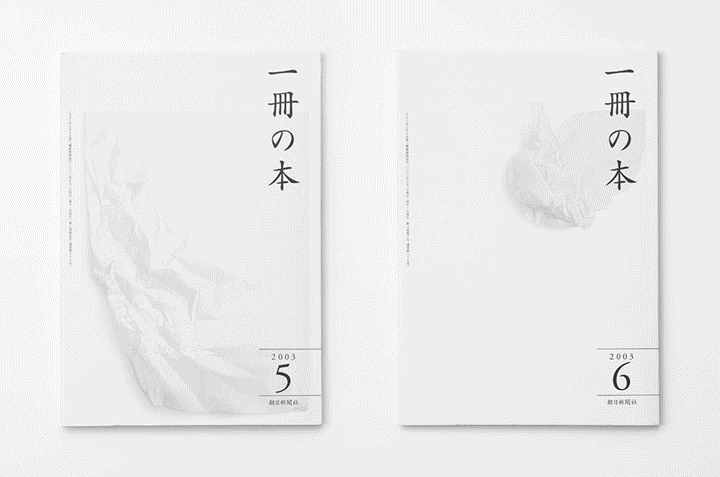Graphic design as a social act
Norma,
A simple question arises when we stumble upon poorly designed visual artifacts: who’s responsible for shaping the environment we live in? Why are we, the inhabitants of this land of signs and symbols, repeatedly exposed to meaningless, chaotic or deliberately misleading information?
Graphic designers or art directors are at least partly responsible for that poster whose one third was basically sold to show sponsors’ logos, for that loud commercial presenting us products in unreal scenarios we have to sit through while we try to relax in front of the TV, for that map we’re trying to use to find our way between over-decorated floor plans and tiny typography.
Blaming the context, the client or someone else means not taking our responsibility towards the visual objects we design and approve for production. We are clearly consumers before being designers: we live in the world that we shape.
As we are responsible for everything that's built around us, for the way we behave and communicate, the reason behind those poorly designed artifacts is not a timeless truth. Because of the knavish attitude that such products show, the business speculation that forces graphic design to turn into a voluntarily embellishment to be more competitive against other players is not improving our life in any way — it should be amended and it can be amended.
In a similar vein to the Athens Charter(1) proposed at CIAM 4 in 1933, a document about better urban planning with people in mind (published by Le Corbusier a few years after the fourth Congrès International d'Architecture Moderne), we’re speaking here of graphic design as a social effort.

We’re proposing the figure of a responsible designer that thinks about objects that improve the context they’ll occupy in addition to conveying information in the most honest possible way. Someone who’s willing to inform customers instead of selling them their own emotions, allowing them to possibly learn something new in the process: sensations are such a powerful and intimate thing that exploiting them for profit is nothing more than egoism. Designing for silence, as white space is not a trend, is a way to create a peaceful frame where can live outside the crowded, loud and fast-paced environment we inhabit.
Honesty, true information and silence to create a better environment, in the same fashion we started to undertake ecological initiatives.
Eventually, this attitude will attract the respect of both design-savvy and casual people. There’s nothing wrong in being rewarded as a business or as a brand for caring about the visual environment, the focus on clean and well laid-out content is not incompatible with balance objectives: lots of companies are actively doing that.
Everything comes down to how we want to relate to other people. Thinking ahead about our own communication and interactions becomes essential the exact moment we decide to stop being selfish and start to consider the potential power of enriching others.